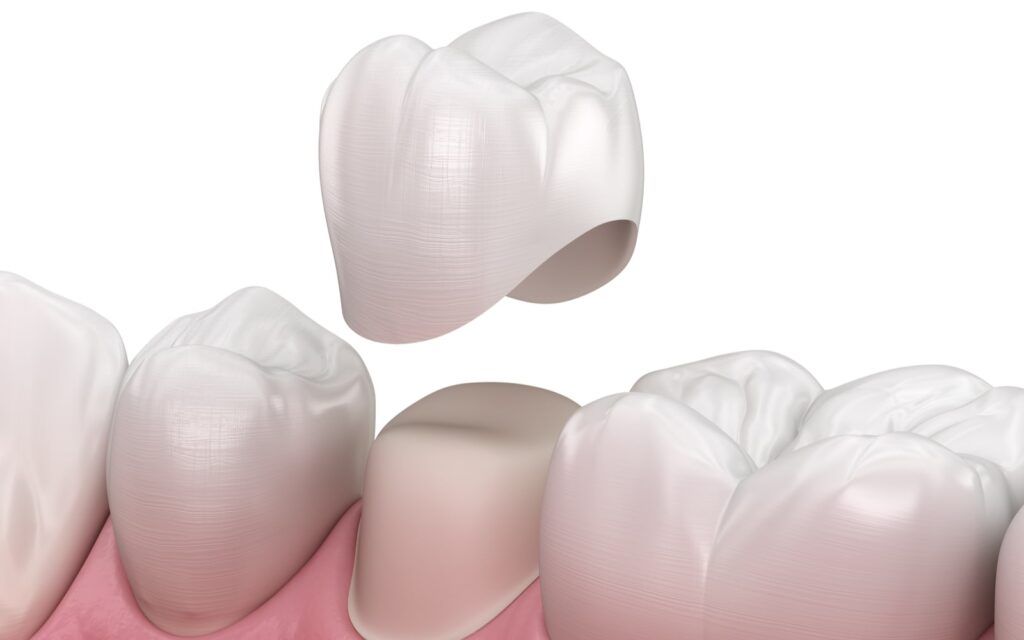It can be unnerving and even surprising to discover that your pediatric dentist is recommending a crown for your child. Most parents are under the impression that baby or primary teeth aren’t important. Nothing could be further from the truth for your child’s dental health. These ‘starter teeth’ are essential in ensuring that your child’s adult smile is even and healthy. By ensuring they remain in place until they fall out on their own, you’re increasing their chances of a straight and beautiful smile. These teeth serve to ensure that overcrowding, misalignment, and other oral health concerns don’t develop when the adult teeth come in.
How Dental Crowns Protect Children’s Teeth
After coming to the realization that a dental crown is needed for your child, you need to discuss the options. Multiple materials are available for use in making pediatric crowns. Which one will produce the best results for your child is based on a variety of factors. Each of the available materials has pros and cons that may make them more appropriate for your child. Once you’ve made your choice, your dentist can begin the dental restoration process.
Getting a dental crown involves the following steps:
- Preparation: Placement of the new restoration requires preparing the tooth first. This stage eliminates decay and alters the shape of the tooth that will receive the crown.
- Impressions: Dental impressions are a model of your child’s teeth. These used to be created using a bite tray filled with an impression medium. Many children found these unpleasant and had trouble sitting still to get a perfect impression. Thankfully, many dentists today use 3D imaging to take these impressions.
- Temporary Crown: This step may or may not be necessary; if your clinic doesn’t have its own machine for making restorations, the impression will have to be sent out to a lab. Until it’s ready, a temporary crown will be put in place.
- Apply Permanent Crown: In either case, a permanent crown will be put in place. If a temporary crown was put in place first, then it will need to be removed. The treatment site is checked for any new decay, and then the permanent crown is set in place.
In many instances, these procedures will be performed using local anesthesia. This is often sufficient to eliminate any discomfort. For patients with dental anxiety, however, another form of sedative may be provided. For children, this is typically nitrous oxide. This gas is harmless and wears off quickly after the procedure.
Once you’ve received your final crown, your child should wait until the anesthesia wears off to eat. If they attempt to eat while the anesthesia is still in effect, it’s possible they may bite their lip, tongue, or cheek.
After the Procedure
Following the procedure, your child may experience some discomfort. This is typically treatable with simple over-the-counter medications such as Tylenol. From this point forward, all you have to do is ensure your child keeps up with their daily oral hygiene to keep their new smile looking great.


